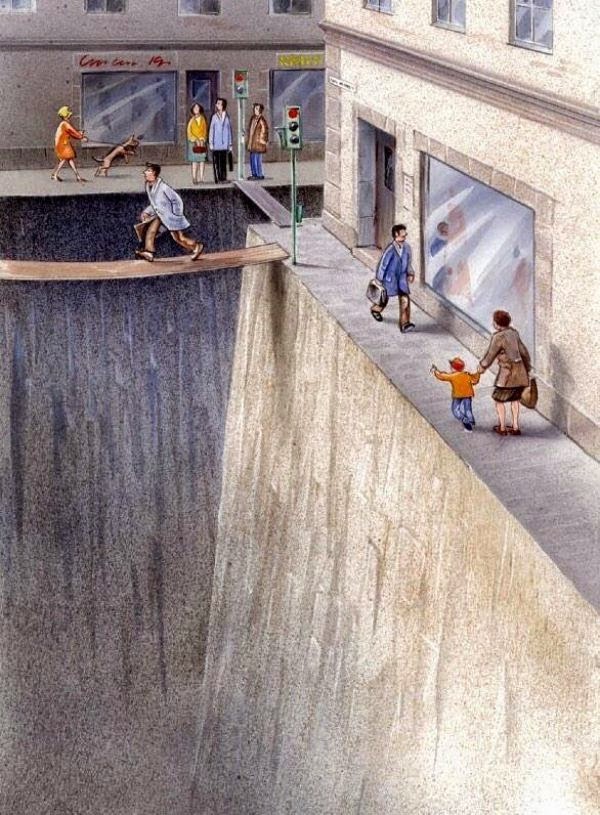All norsk urbanisme blir selvsagt meningsløst etter et opphold i Praha, omtrent som å erstatte italiensk kvalitetsvin med Coca Cola. Våre 11 dager i byen var av våre største opplevelser noensinne, også Rebecca elsket byen.
Jeg postet mange fine fotoreportasjer på min fotoblogg fra Praha, som dessverre ble ødelagt av Facebook. Lenket bildene fra Facebook til bloggen, men plutselig ødela de alle lenkene. Utrolig dårlig gjort.
Her er dog noen bilder i anledning dagen, behørig lastet opp til blogger.
 |
| (Sculpture of St. Ivo on Charles Bridge) Dear Øyvind Holmstad, As scholar, I am just now publishing an academic book entitled “The Eyes of Justice” and I would want to include a copy of your photo. I know it has been licensed by Creative Commons, but I need your written permission to publish it in my book. The title of my book is “The Eyes of Justice”. It will be published this year by the Käthe Hamburger Kolleg “Rechts als Kultur” of the University of Bonn in the publishing company Klostermann, Frankfurt am Main. 500 copies. Distribution mainly in Europe. The image will be ¼ page. Thank you so much for your help. Looking forward for your answer at your earliest convenience. Best regards, José M. González García Profesor de Investigación Instituto de Filosofía Centro de Ciencias Humanas y Sociales Consejo Superior de Investigaciones Científicas c/ Albasanz, 26-28 28037 Madrid Morsomt! |
 |
| Kan det tenkes noe herligere anti-modernistisk enn arkader og buehvelv? Arkitektene av i dag vil alltid bygge for vår tid. Vel, da uteslutter de meg. De har et helt annet tidsbilde enn meg. |
 |
| Det ble mange gode kaker. Her fra den berømte kafeen Louvre, hvor flere kjente personer var stamgjester. |
 |
| Djevleelva |
 |
| Såpeboble |
 |
| Den gammel-nye synagogen, verdens eldste i aktiv bruk |
 |
| Intet ringere enn Karlsbrua |
 |
| Det gotiske tårnet på gamlesida av Karlsbrua |
 |
| Tyn-kirken. Vidunderlig fraktalt! |
 |
| Kveldsstemning ved bytorget |
 |
| Aldri har vi opplevd bedre start på dagen enn i frokostsalen på Betlehem hotel! Vi kjente oss 1000 ganger mer hjemme her enn i vårt eget hjem. Hjemme godt, Betlehem hotel best! |
 |
| Kakaopause |
 |
| Elsker, elsker, elsker trange gamle smug og bekkedaler. Finner samme roen her som i Olteruddalen, hvor jeg tilbrakte min barndom. |
 |
| Ytsyn over verdens vakreste by |
 |
| Jugend-kafeen ved Obecní dům |
 |
| Smetanahallen, hvor jeg hadde mitt livs konsertopplevelse |
 |
| St. Vitus-katedralen, som det tok 650 år å fullføre |
 |
| Kongstrapper ved slottet |
 |
| Det bøhmiske kanselliet, hvor defenestrasjonen (vindusutkastelsen) fant sted, starten på 30-års krigen |
 |
| Kongeborgen. Adjø Praha, du vant en særlig plass i våre hjerter. Måtte vi sees igjen! |
Se også min jugendreportasje hos KV:
















.JPG)
.JPG)



